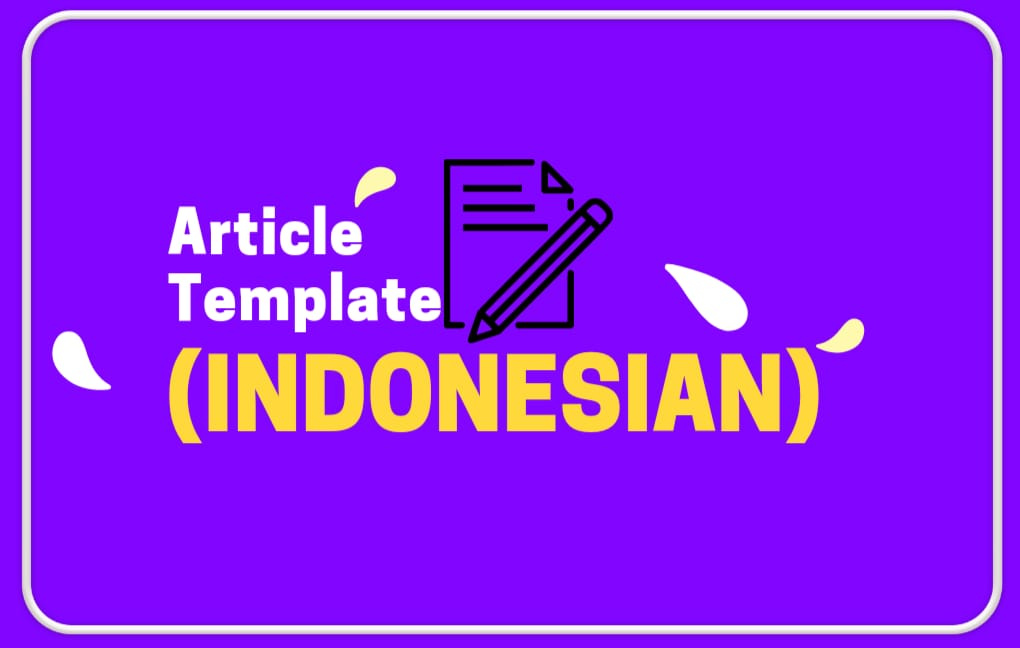Perspektif Remaja terhadap Cyberbullying dalam Pendekatan Schemata Theory
Abstract
Cyberbullying is a serious problem affecting adolescents in the digital environment. Adolescents' understanding, experiences, and attitudes towards cyberbullying have a significant impact on their well-being. This study aims to uncover the process of knowledge, experience, and attitude formation of adolescents related to cyberbullying by using Schemata Theory. The framework in this theory is person schemata, self schemata, role schemata, and event schemata. The method used is descriptive qualitative. Data was obtained through Focus Group Discussion with 6 teenagers. The results show that adolescents have low knowledge about cyberbullying. In addition, there is also a change in the knowledge of adolescents, who previously did not have much knowledge about cyberbullying then changed their knowledge when they held discussions and reflections among their friends. This demonstrated that by exchanging experiences, adolescents are able to conclude and understand a problem that occurs around them. From knowledge and experience, adolescents' attitudes are formed to disagree with cyberbullying behavior. Based on these findings, there is a need for education and awareness about cyberbullying among adolescents, through educational programs that focus on developing empathy and ethical use in the digital environment.
References
Anggraeni, S. A., Lotulung, L. J. H., & Kalangi, J. S. (2022). Motif Perilaku Cyberbullying Remaja Di Media Sosial Twitter. Acta Diurna Komunikasi, 4(2). Retrieved from https://ejournal.unsrat.ac.id/v3/index.php/actadiurnakomunikasi/article/view/40255.
Aser, F. G., Paramita, S., & Sudarto. (2022). Fenomena Cyberbullying di Media Sosial TikTok. Kiwari, 1(3), 449–453. https://doi.org/10.24912/ki.v1i3.15763.
Cappella, J. N., & Jamieson, K. H. (1997). Spiral of cynicism: The press and the public good. Oxford University Press.
Chong, D., & Druckman, J. (2007a). A theory of framing and Opinion formation in competitive elite environments. Journal of Communication, 57(1), 99–118. https://doi.org/10.1111/j.1460-2466.2006.00331_3.x.
Devasari, A. A., & Istiqomah, A. I. I. A. I. (2022) Cyberbullying pada aplikasi media sosial tiktok. Empati-Jurnal Bimbingan Dan Konseling, 9(2), 156–165. https://doi.org/10.26877/empati.v9i2.11072.
Djajasudarma, F. (2006). Metode Linguistik: Ancangan Metode Penelitian dan Kajian. Bandung: PT Refika Aditama.
Fiske, S., & Taylor, S. (2017). Social cognition: From brains to culture. Sage. [Google Scholar].
Irfan, dkk. 2020. Fenomena Cyber-bullying dalam Teknologi Media Baru (Instagram) Perspektif Ilmu Komunikasi. Jurnal Public Relations-JPR, 1(1). http://jurnal.bsi.ac.id/index.php/jpr/article/view/176.
Kriyantono, R. (2020). Teknik Praktis Riset Komunikasi Kuantitatif dan Kualitatif: Disertai Contoh Praktis Skripsi, Tesis, dan Disertasi Riset Media, Public Relations, Advertising, Komunikasi Organisasi, Komunikasi Pemasaran. Rawamangun: Prenadamedia Group.
Laora Azni Yeza & Sanjaya Feri. (2021). Fenomena cyberbullying di media sosial instagram (studi deskriptif tentang kesehatan mental pada generasi Z Usia 20-25 tahun di Jakarta). Jurnal Oratio Directa. 3(1), 347-350. https://www.ejurnal.ubk.ac.id/index.php/oratio/article /view/160.
McCombs, M., & Valenzuela, S. (2017). Agenda-Setting Theory: The Frontier Research Questions. Dalam K. Kenski & K. H. Jamieson (Eds.), The Oxford Handbook of Political Communication. Oxford Handbooks. https://doi.org/10.1093/oxfordhb/9780199793471.013.48.
Miller, K. (2001). Communication Theories: Perspectives, Processes, and Contexts (Edisi Kedua). McGraw-Hill.
Riswanto, D., & Marsinun, R. (2020). Perilaku Cyberbullying Remaja di Media Sosial. Analitika, 12(2), 98–111. https://doi.org/10.31289/analitika.v12i2.3704.
Santosa, S. (2022). The Analysis of Bullying Experienced By Eleanor in Rainbow Rowell’s Eleanor & Park. Acitya: Journal of Teaching and Education, 4(2), 391-405. DOI: https://doi.org/10.30650/ajte.v4i2.3309.
Sutopo, H.B. (2006). Metodologi Penelitian Kualitatif (Dasar Teori dan Terapannya Dalam Penelitian). Surakarta: Sebelas Maret Press.
Weber, N. L., & Pelfrey, W. V. (2014). Cyberbullying: Causes, Consequences, and Coping Strategies. LFB Scholarly Publishing LLC
Winoto, Y. (2019). Remaja dan pandangannya terhadap cyberbullying pada media facebook. Commed: Jurnal Komunikasi dan Media, 3(2), 121–132. https://doi.org/10.33884/commed.v3i2.980.







1.png)


